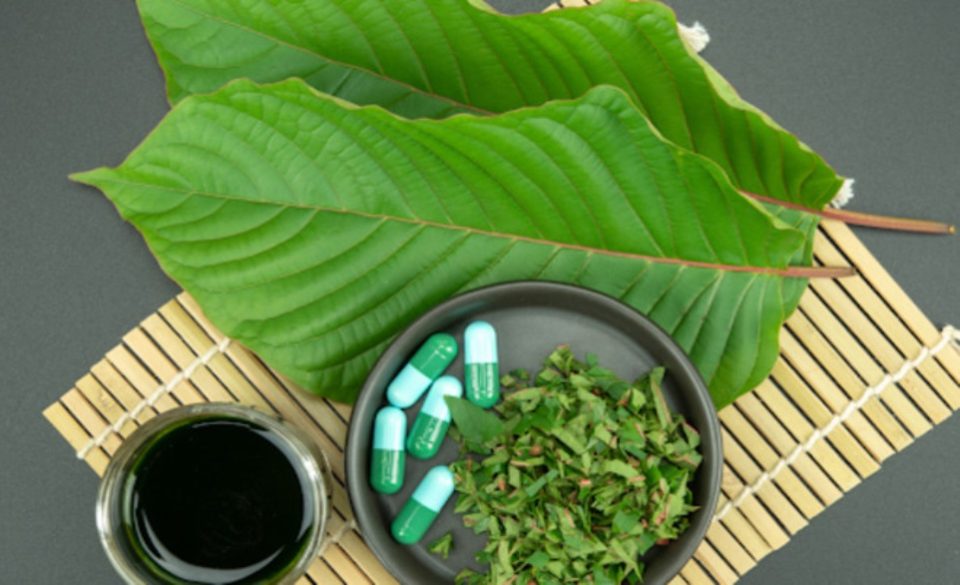With so many new kratom extract products flooding today’s largely unregulated botanical marketplace, it’s a prime opportunity for consumers to end up disappointed, or worse, by making easily avoidable mistakes when trying to identify quality. Between exaggerated claims around wildly ultra-concentrated “100x” powders, vague manufacturing transparency, and statistically improbable 5-star review tallies glaring as obvious plants, hazards await the uninformed. But armed with key background insights around trusted production processes and fair pricing, the gems become easily discernible from costume jewelry.
Impossibly high concentration ratings
The major red flag when assessing extracts includes improbably high concentration multiples like 100x or 150x suggesting potency up to 150 times stronger than standard leaf. While theoretically possible to extract alkaloids to amazing purity, such claims paired with ultra-cheap pricing seem economically and chemically suspect. Avoid such questionable rating claims without third-party validation testing documenting realistic mitragynine content aligned with spectrometry. Extreme concentrates also often pass ideal potency thresholds for most consumers. Seek reasonably enhanced extracts in the 10-50x range instead of transparent labs.
No independent lab testing
A major must with all kratom extracts remains comprehensive, periodic laboratory testing evaluating precise alkaloid concentrations, contamination screening for heavy metals and microbial, as well as confirming no unnatural additives. Proper ISO 17025-compliant laboratories should perform this testing, not merely internal procedures. Without independent lab analytics reports accompanying the actual product batch you intend to buy, substantially greater risks of impurities or adulterants arise. Rare outliers post-testing on site after purchase. But make transparent, impartial lab data access upfront a prerequisite before money changes hands. Don’t compromise here.
Geography ambiguity
Savvy kratom consumers already appreciate that geography and regional growth conditions influence strain potency as much as color vein type. Indonesian-sourced programs provide 90% of global inventory for example. But, a higher price does not always signify higher quality contrary to popular belief. With extract methods further concentrating disparities, knowing harvest regions down to island and plantation helps better evaluate fair pricing. Lack of specificity around leaf traceability hints at supply chain disconnects unlikely associated with premium products. Blind faith purchasing invites excessive markups.
Pricing too good to be true
A hugely obvious indicator of likely low quality manifests with extraordinarily cheap extract pricing, sometimes radically undercutting going rates. While occasional sales and surplus batch liquidations legitimately happen, sustainably running such steep, permanent discounts compromises profitability for any compliant program long term. If pricing looks too good to be economically viable ongoing for a vendor, marked-down inventory probably trades away quality, safety, and effectiveness to curtail overheads instead of delivering true value. Judge pricing fairness against reviews over profit ratios alone. how long does kratom stay in your system? Kratom is detected in saliva for up to two days.
No satisfaction guarantee
Industry hallmarks of reputable kratom companies include satisfaction guarantees and full refund eligibility policies for opened products to demonstrate confidence behind their offerings despite the lack of external regulation. Avoid any extract source lacking reasonable trial periods or unable to warrant quality sufficiently to endorse returns after the fact if failing your standards. Responsible vendors stand behind products completely sans pressured waivers.
With interest booming around enhanced kratom extracts for concentrates’ heightened potency and portability over raw powder, the onus lies firmly upon us as educated consumers before purchase to lock expectations strictly to products 100% backed by evidence meeting both reasonable value analysis and rigorous production standards confirmed via independent testing.

